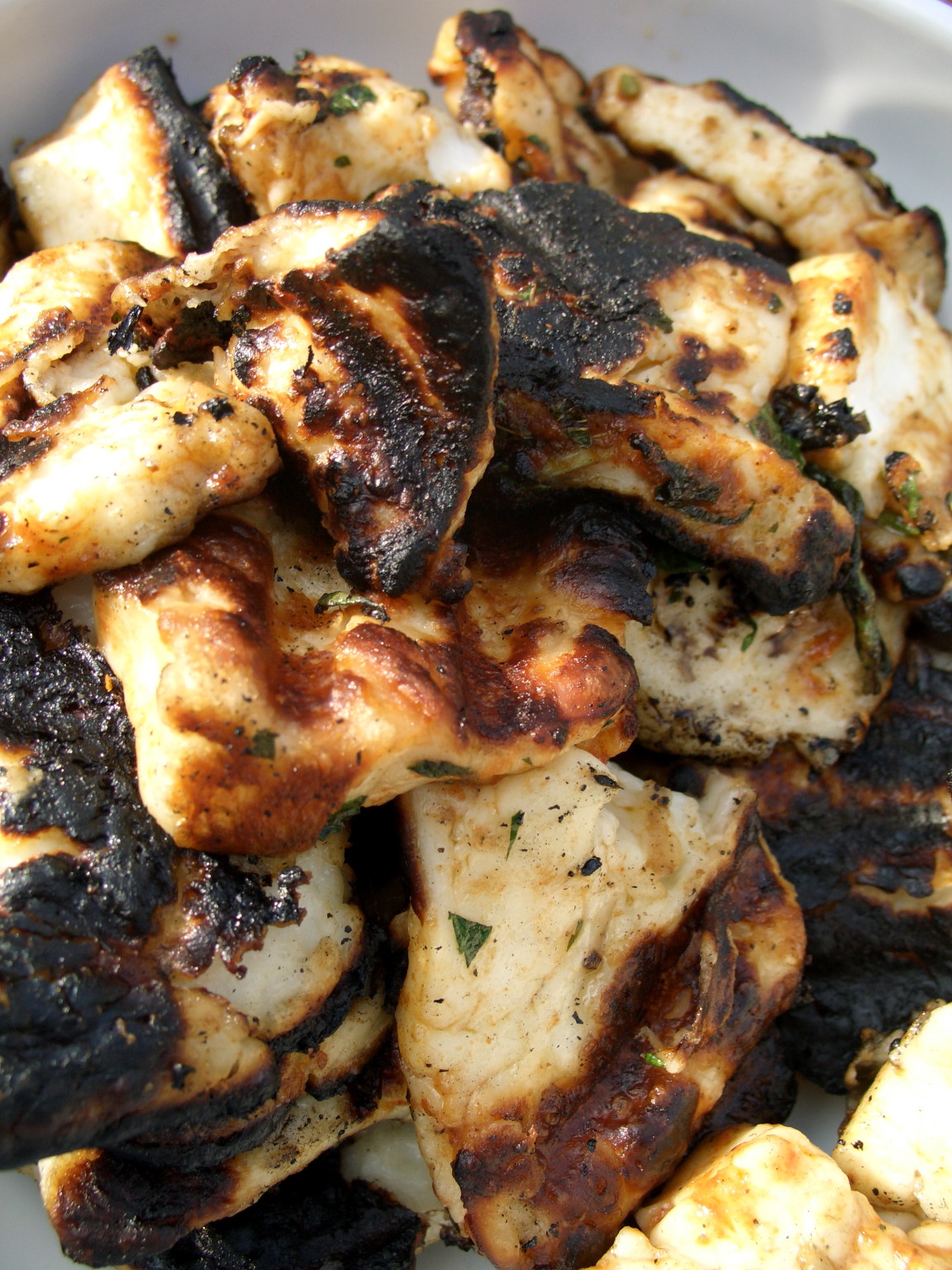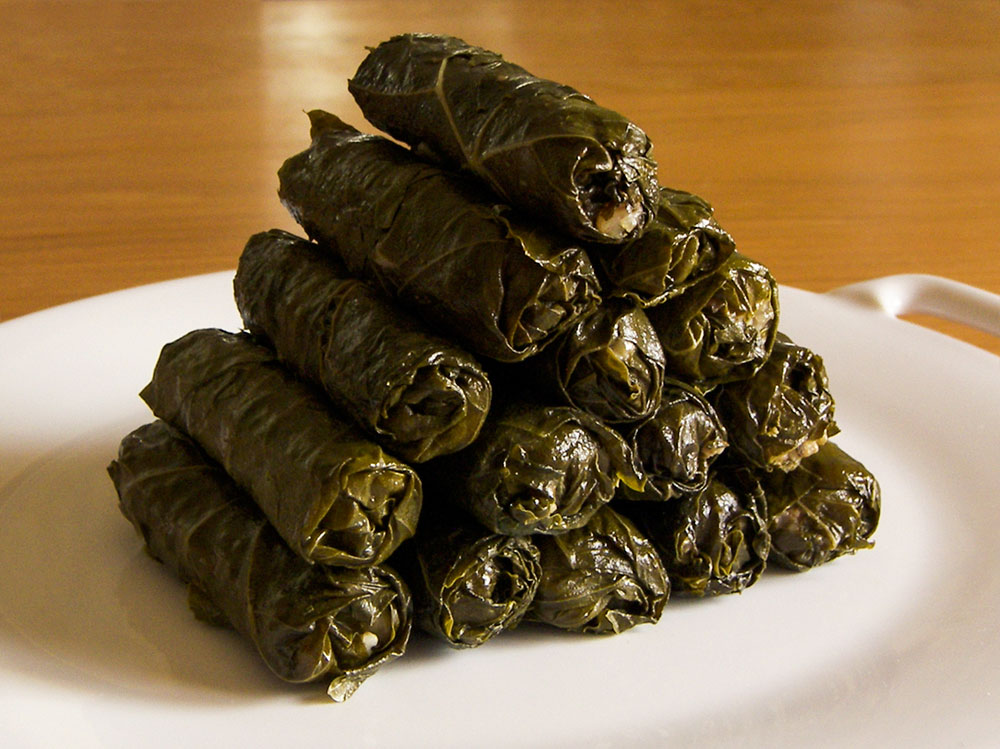#7 South Africa: Save the Stormtroopers for Dessert
The first that we think about when we mull over the concept of South Africa is obviously apartheid. The fact that 9% of the population controlled the other 91% from 1948-1994 is an event that isn't easily overlooked. I guess it's just hard to forget an ugly face, and 46 years of ugly is a lot.
South Africa became such an important place for many reasons. It was a perfectly placed country to colonize during the height of maritime trading. Who wouldn't want to control Cape Town as your ships brought spices back from Asia to satisfy the previously bland European palate? It also happens to be fairly well naturally endowed, another selling point for colonial interests.
The flag of South Africa is actually quite interesting. The Wikipedia article describing it is well written, and full of interesting history and explanation.
It was initially created as a last-minute substitute before the inauguration of Nelson Mandela, and it eventually was widely accepted. It is the only flag with 6 colors not to have a seal. It is claimed that there was initially no symbolism for the colors on the flag.
That wouldn't stand, so some had to be made up. Some said that the colors of the flag represented two loyalties: green, black and gold of the African congress and the red, white and blue of the UK and Holland. Others claimed that the red was the blood spilled for equality, the blue for the sky, the green for the farm lands, the white and black for the two races of people and the yellow for the healthy material endowment of the land. Choose the symbolism that whets your appetite the most.
Creating national identity is a difficult task for a country that very recently went through such difficult periods with internal identity issues. This is why it is important to be able to have a unifying national anthem. Below is a very nice version of the South African national anthem. Please listen to it, and read the words.
The phrase "Lord Bless South Africa", and subsequent petitions to the Almighty, do ring a bit hollow, and thus may reflect the unsteady nature of the country as it moves forward. As Americans, we can reflect upon our national identity and conclude that we do not suffer from the same insecurities (though a bit of humility may be in the best interest of all parties involved).
Below is a patriotic song set to music. Lee Greenwood's God Bless America. Particularly look for the eagle at the 2.27 second mark as it invokes terror into the hearts of enemies. Also, note how softly and slowly the song begins: clearly a ruse to lull our the guard of our enemy into submission. Finally, take note that it is not a petition; Lee isn't asking for God to bless America.
Lee is stating fact: God Bless(ed) America.
So, with that diversion out of the way, we move onto our meal. We decided to keep our meal simple, but representative.
We start off with an African stew of potatoes and tomatoes. We then finished with a dessert called Outydse Stormjaers, or Stormtroopers, for a fond trip down colonial and apartheid memory lane.
We cooked under the influence of two South African wines, being careful not to mix the white and the red. We started with the white (being as historically accurate as possible), and then moved onto the red.















 Ingredients:
Ingredients: Ingredients:
Ingredients:  Ingredients:
Ingredients:


 We gave the salad 4 globes because it was delicious, simple and refreshing. The gentle texture of the butter lettuce added to the diversity and enjoyability of this meal.
We gave the salad 4 globes because it was delicious, simple and refreshing. The gentle texture of the butter lettuce added to the diversity and enjoyability of this meal. We gave the T-Bone Asado 4.5 globes because it was generally delicious and tender. After making Nigerien kabobs with stew meat (the thought of which still makes our jaws cramp up) we went to the local butcher shop and got some really nice high class organic steaks and the results were well worth the extra money and effort. Using a really nice cut of beef made the most of our really simple preparation. Without any excessive seasoning, the natural flavor of the product really came through.
We gave the T-Bone Asado 4.5 globes because it was generally delicious and tender. After making Nigerien kabobs with stew meat (the thought of which still makes our jaws cramp up) we went to the local butcher shop and got some really nice high class organic steaks and the results were well worth the extra money and effort. Using a really nice cut of beef made the most of our really simple preparation. Without any excessive seasoning, the natural flavor of the product really came through.

 We give the kabobs 3.5 Globes, the lower score resulting from tough meat and inconsistent barbequing. This dish could easily merit a much higher score with a better cut of meat and better cooking.
We give the kabobs 3.5 Globes, the lower score resulting from tough meat and inconsistent barbequing. This dish could easily merit a much higher score with a better cut of meat and better cooking. We give the stew 3 Globes. While it was unexciting, it did have a very nice, creamy texture and flavor that nicely complemented the kabobs.
We give the stew 3 Globes. While it was unexciting, it did have a very nice, creamy texture and flavor that nicely complemented the kabobs. I give the Taureg Sand-Biscuits a ½ Globe because they were inedible. No wonder millet flour is so hard to find.
I give the Taureg Sand-Biscuits a ½ Globe because they were inedible. No wonder millet flour is so hard to find.